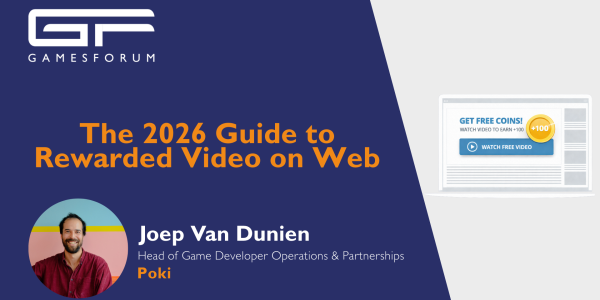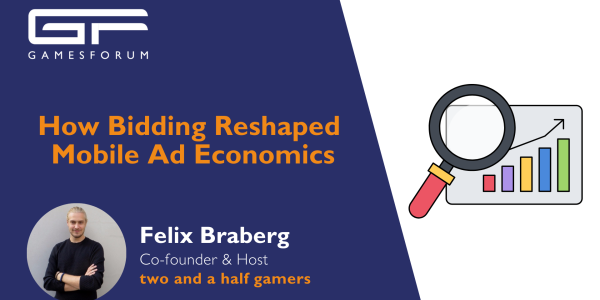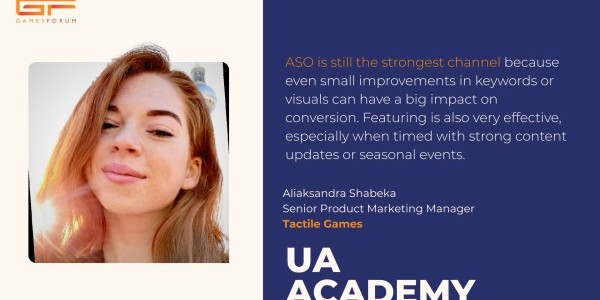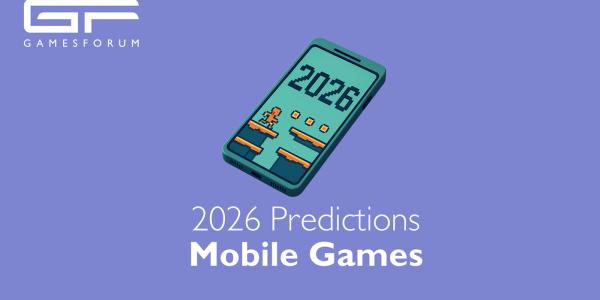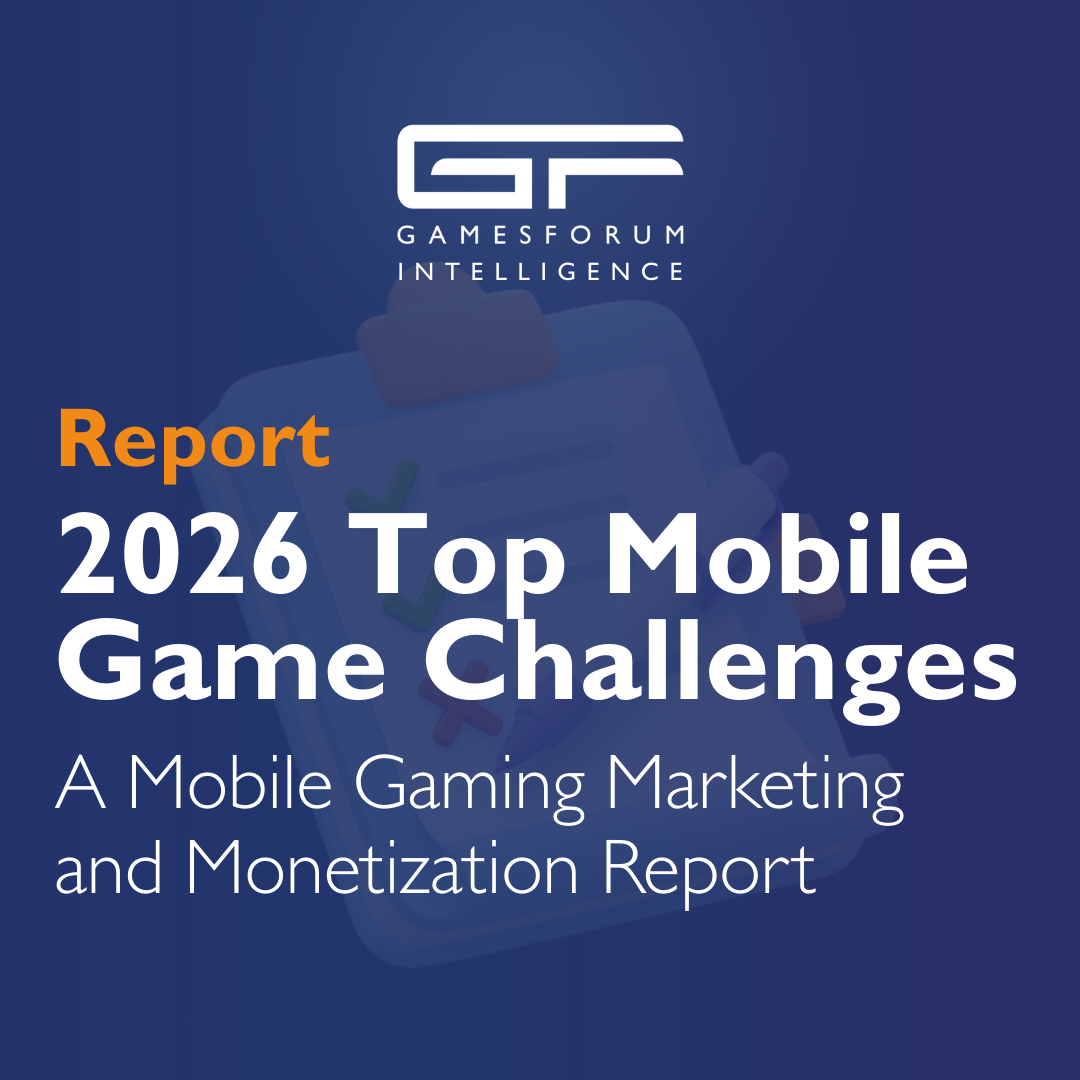Monetization Masterclass: Božo Janković on Strategy, Segmentation, and Industry Trends

In this Monetization Masterclass, we caught up with Božo Janković, who delves into leveraging user segmentation for maximum impact. Božo also discusses the importance of staying updated with industry trends, the benefits of well-crafted segmentation, balancing user experience with targeted ads, and the key factors for successful partnerships with ad networks.
Given the rapid changes in the ad tech landscape, how do you keep your team up to date with the latest trends and innovations in ad monetization?
My team and I are involved in managing ad revenues for all of our clients, which means we have responsibility for millions of dollars in ad revenue per month. That means that we constantly have to be on top of things, aware of the latest opportunities, threats, and industry changes and not only related strictly to ad monetization but also other areas that could have a direct or indirect impact on ad revenues (such as legal and privacy regulation, app store requirements, etc.) We are well connected with ad tech providers but also colleagues from other companies, and this helps us greatly to always stay informed of the latest developments. Apart from that, of course, we follow popular industry news media outlets to make sure that nothing goes below our radar. In fact, this is one of the values we bring to our clients – worrying about these things, so they don’t have to.
User segmentation is often touted as crucial for ad monetization. Can you share specific examples where segmentation drastically improved ad performance?
Without user segmentation, there’s no proper ad monetization. A healthy setup starts and ends with user segmentation. Without it, it wouldn’t be possible to use certain ad formats, such as interstitial ads (since the key element for success is not to allow interstitial ads for certain segments of players such as payers or very early users). Segmentation enables us not only to introduce ads to certain groups of players but also to extract more value from those who are already getting ads. It can help in increasing ad revenue by allowing different caps or different rewards based on different user needs that were identified. For example, Nanobit, one of our clients, managed to greatly increase their ad revenue in the Winked game, by implementing our recommendations and increasing their ad ARPDAU by 160% on iOS and 260% on Android.
How can companies balance the need for highly targeted ads without sacrificing user experience, especially in mobile games where user retention is key
I like to say that ads can fit every, or almost every mobile, free-to-play game out there. But of course, a hyper-casual game will have a much different implementation, compared to a match-three game, a shooter, sports or a strategy game. And that’s a key factor for success – implementing ads in a way that will compliment your game, not destroy it by bringing down your in-app purchase revenues or by decreasing your retention. Targeted ads are part of the experience and, as long as they are served in line with the latest privacy regulations, they can actually contribute to a positive user experience because they are serving content that is relevant to users and not some random product.
What data points or behaviors do you consider the most critical when developing user segments for ad monetization purposes?
We like to take into account as many factors as possible. One of the things we take into account, data-wise, includes payment status. Payer vs. non-payer is basic but also if a player is a payer, how frequently do they pay, what is the average transaction value, when was the last time they paid, etc? Apart from that, we take into consideration things such as how long ago the user installed the app, whether they are already interacting with ads, and how much, country, user source, etc.
With the increasing complexity of ad ecosystems, how do you recommend smaller or indie developers approach user segmentation when they may lack resources or extensive data?
Data engineering and data analytics are very complex areas of game development and small studios may lack resources, especially in the beginning to properly handle these aspects of their business. The same goes for handling ad monetization in general, handling different stakeholders, etc. My advice to those developers is to always look up to the leaders of their category for some best practices. They don’t have to be as technologically advanced as the category leaders of course, but what they are doing can give a good sense of direction where a smaller studio should be aiming at. So this can help set aspirational goals. In the meantime, it’s also good to be aware of your strengths as well as weaknesses and to hire experts when you need help.
How do you adapt your segmentation strategy when targeting a global audience with diverse user behaviors and preferences?
Geographic location can be a very important component of our user segmentation strategy. It’s well known that users from different markets can react differently to the same ad monetization practices. For example, players from some countries may be more used to ads and more open to seeing forced ads in your game, in exchange for a free gameplay experience. Others may prefer to interact with rewarded video ads or may require you to show them fewer forced ads. Players from different countries, on average, also have different probabilities to convert which should also be taken into account when designing your ad monetization strategy.
In your experience, what are the key factors for maintaining strong communication and partnerships with ad networks and mediation providers to optimize ad performance for clients?
Ad networks offer different levels of support for different another one please clients and in my experience, current ad revenue or potential for ad revenue is the most important factor they take into account when deciding how much support they will provide. The closer the collaboration, the greater the chances there are for a successful partnership. Networks can provide important insights, benchmarks, best practices, and can provide a different perspective on the matter. It’s important not to take those for granted but actually interpret them in the context of your game, your genre and competitors in order to make sure that those insights are put to their best use. Also, it helps when both sides are transparent about their goals, capabilities and in general, have open and honest communication.

